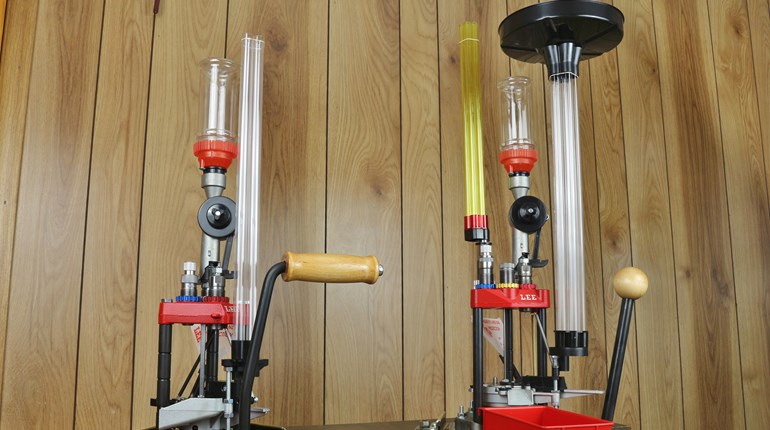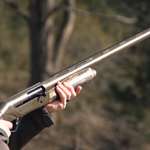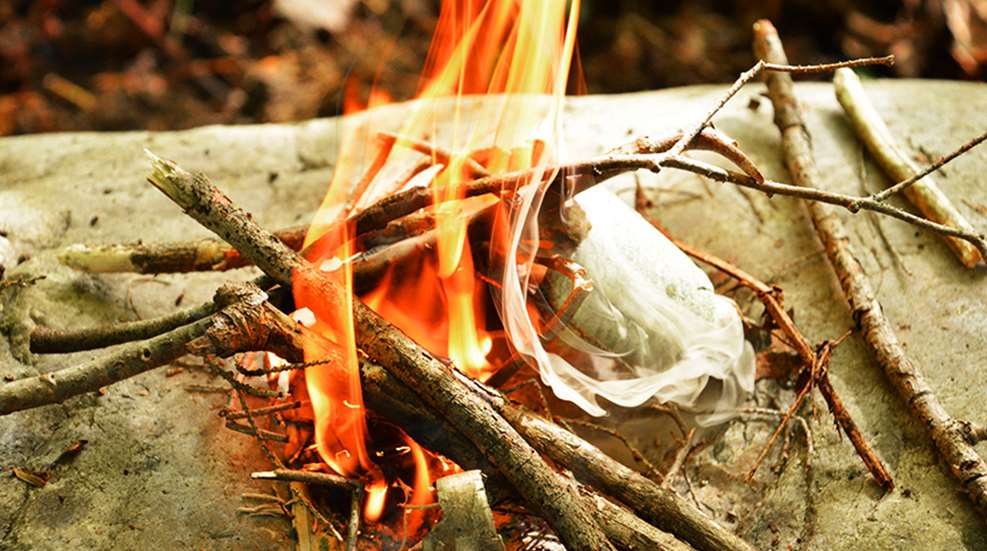
Jack London’s To Build a Fire is one of the best short stories ever written. It illustrates man’s battle with nature as well as how smart dogs are. It also shows the frustration of making fire when you need it the most. In the story, death won because the man failed in starting a fire. That doesn’t have to be the outcome. Here are a few tips on building a fire when things are wet and miserable and you need it most.
Make sure you protect your materials from wind and rain as you work. Create a base to start the fire by clearing the ground. You want the fire in a dry place, so remove all wet leaves and debris and pick a spot with good drainage. A flat rock works well as a work table to get the fire started. Make sure to locate the fire near some kind of shelter for you.
I usually have a space blanket or a small tarp in my pack as well as some paracord because it’s easy to form a roof with to keep rain off the fire. You may need to move or remove it once the fire is going to prevent the sparks from burning a hole, but for now, keep it low enough to protect your work area.
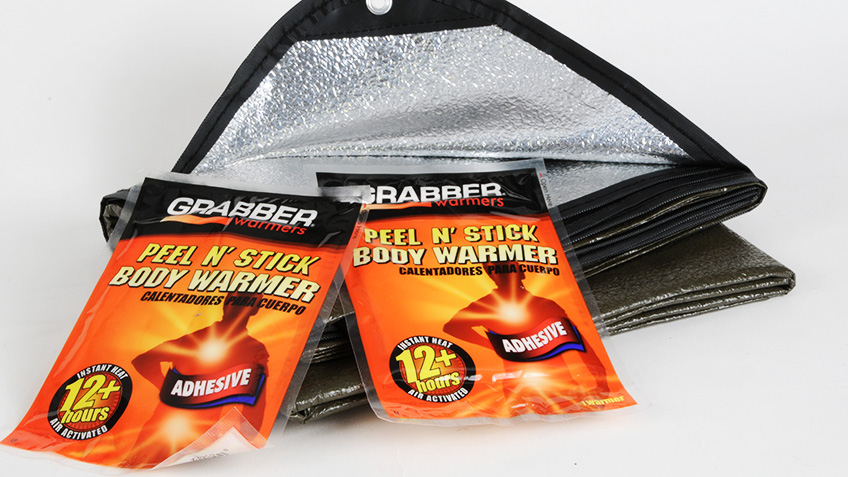
Lacking that, find some natural protection or make it. Build a lean-to frame against a big rock, log or tree with fallen limbs and cover it with spruce bows. That works well in the Northeast where we have lots of spruce. In other areas, improvise; there’s almost always something you can use to keep the rain off you and the fire.
Starter
You’ll need a starter. Often called tinder, it’s something that will light easily and burn hot long enough to ignite small fuel sources. It’s a good idea to bring something with you. I’ve read hundreds of these type of articles where the writer talked about soaking cotton balls in Vaseline or collecting lint from the dryer vent. I’ve tried them all, and to be honest, I didn’t have much luck. There are much better options.
Fire-lighting sticks that are ground wood mixed with wax are hard to beat. I burn wood to heat my house and have to restart the fire often. I used to mess with newspapers and kindling that I split from dry wood. That’s a tedious process of gradually building the fire. Now, I pile up my big chunks of hard wood, insert a fire-starting stick at a junction located low in the pile, light it and walk away. The point is, starters are great and inexpensive.
Another option is solid fuel tablets. They’re easy to find, inexpensive and burn very hot. If you add a folding stove—often sold with these tablets and a metal cup—you have a way to make tea, coffee or food while you work. These cubes and the fire-starting sticks are a bit fragile, so I vacuum seal them with my FoodSaver. At the very least, wrap them in aluminum foil and put them in a zip-lock bag.
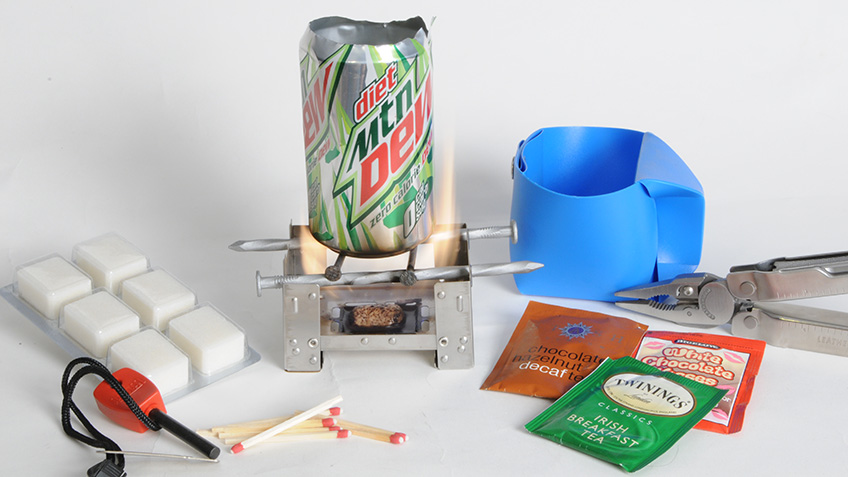
I always carry a couple of tea light candles in my backpack. They are short, squat candles in a small aluminum cup. They burn for a long time and are easy to light and slip in under the tinder. They can also provide light to work by.
There are a lot of commercial fire starters on the market, often in individual single-use packaging. Most I’ve tried work pretty well, but a word of caution: Test them at home a few times to be sure. Some burn out pretty fast, and if things are wet, you need something that will burn long enough to dry the edges of your tinder.
If you don’t have any of these materials, don’t panic. There are plenty of fire-starters out there in the woods, they’re just a bit harder to find. Birch bark is an old standby. If you peel deep enough on a standing tree, you should find a dry layer. You may have to use your knife to cut away the dry bark.
Sometimes if you look deep under thick evergreen trees, the branches lowest and closest to the trunk will be dry, as they’re protected from the upper branches. Carefully harvest any small dry twigs to form into a nest to start the fire.
Find some dead branches that are seasoned and start shaving them with your knife. While the outside will be wet, when you whittle away that layer, you should find dry wood at some point. Shave off thin slices of this dry wood until you have a large pile of shavings. You can also form them into a fuzz stick by cutting a shaving so it curls away from the stick, but leaving it attached, then move the knife slightly and make another. If you make a lot of these, you end up with a big fuzzy stick to start the fire.
In locations where you have trees with high pitch content, some types of pines for example, you may find chunks of pitch on the trees. Those work well to start the fire. Shavings from this will light easily and burn hot.
Fuel
You need some small dry pieces of fuel to start, and then progressively larger pieces to build and maintain the fire. Once again, look under the protected branches of an evergreen tree. Check on the downwind side of rocks, trees or big formations like cliffs. Often there will be a small zone close to the wind barrier that has some dry material. Collect small twigs, dry grass or anything else that will burn.
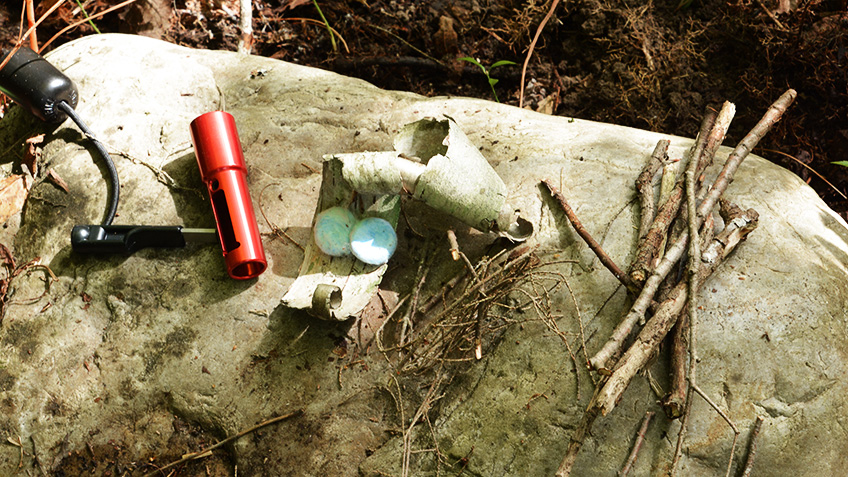
Find some smaller sticks—up to an inch or so in diameter—that are dead and seasoned. Break them into manageable sections, about 3 or 4 inches long. Use your knife to split the wood lengthwise. You may need to use a larger piece of wood to drive the blade through with a method called batoning.
A word here to the small knife advocates. I know it’s all so very cool to brag about using a pen knife to process a moose, but this right here is why you should carry a grown-up knife in the woods. Little knives and replaceable-blade knives are fine for gutting rabbits, but you need a large, tough knife to save your life in a situation like this. You don’t need a Rambo-inspired survival knife or bushcraft knife, although it wouldn’t hurt. But you do need a full-size hunting knife with at least a 3-inch blade. A hatchet works even better here, but most hunters don’t carry them as part of their everyday gear.
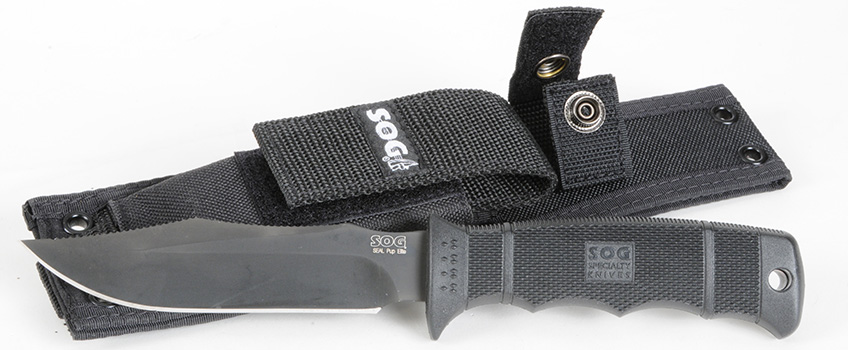
The inside of the split wood should be dry. Split it fine, with lots of edges to catch fire. You may even want to split off any wood that is water soaked. Work up in branch size as far as you can with your knife and split some bigger pieces. You should have multiple piles of split wood in different sizes. The idea is to start the fire with the small stuff and gradually work up in size until you have a large enough fire to dry the bigger pieces as you add them.
Collect enough wood to make a large, hot fire before beginning. Once the fire is burning well and you have some hot coals, then you can leave it and gather more wood. Gather what you think is enough, then double it. The last thing you want is to run out of wood. Place the wood close to your fire so that it will be drying as it waits its turn in the fire. If you pile the wood high and opposite your position, it can act as a wind barrier and will reflect some of the heat back to you.
Be Prepared with Multiple Starters
I never go into the woods without at least two ways to make a fire. I am a big fan of magnesium fire starters, and always have one in my pocket when hunting. I recall one day high in the mountains of Montana where our elk hunting was interrupted by a blizzard. The guide used all his matches and failed to get the fire started. I dug a magnesium starter out of my pack, and soon enough our jackets were steaming and our fingers were warm again. The trick is to make a small pile of shavings using your knife and then hit the metal Ferro rod to create a spark which ignites the shavings. Magnesium burns very hot and will start the tinder easily.
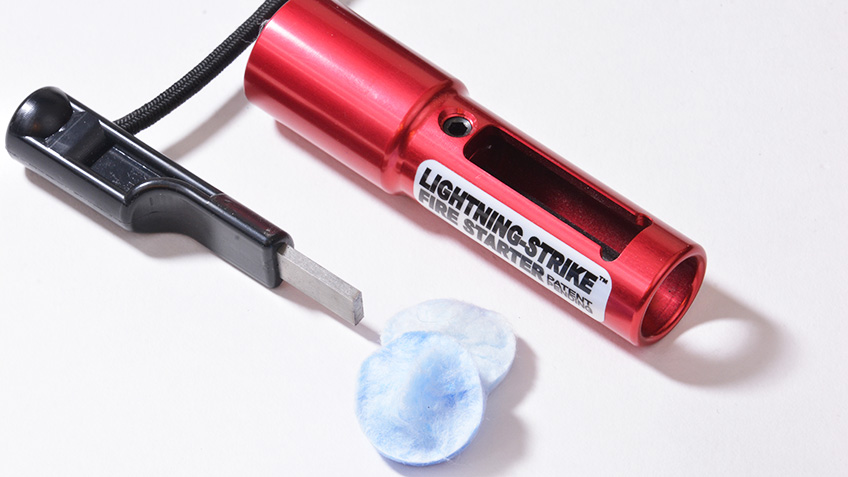
Ferrocerium (Ferro) rods are very popular right now and easy to find. They produce a shower of hot sparks, and when used correctly, that shower is almost continuous and will ignite dry tender easily. One of the best I’ve tried is the Lightning Strike Fire Starter. It comes with several disks that store in the handle, light easily and burn for four minutes. The machined body is designed to guide the striker and to send the sparks directly to the tinder.
Waterproof matches and butane lighters are good as well. With the lighter, you can hold the flame for a long time. Try to find one with a large flame or an adjustable flame.
Tend the fire carefully, as most people (myself included) try to rush things and start piling on too much wood too soon, which can put the fire out. Work slowly, be patient, feed the fire gently and watch it grow.
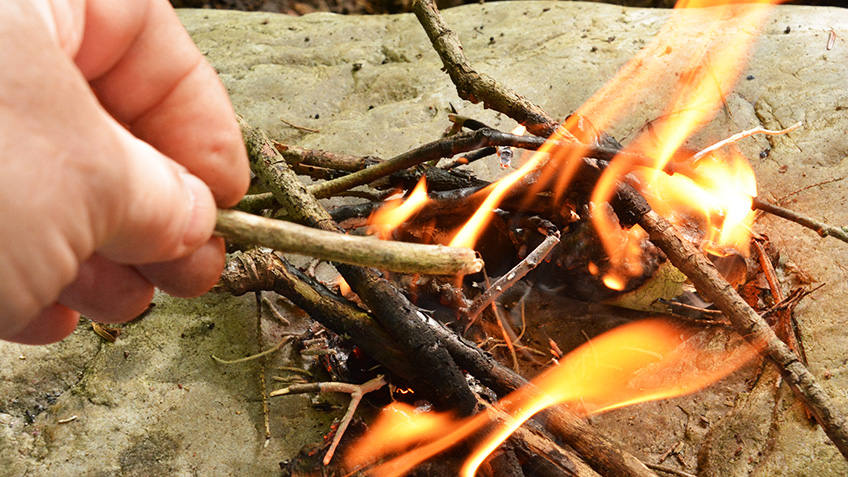
If you’re really smart, you’ll have a package of noodles or instant soup in your pack and something to heat it in. A metal cup works pretty well. Set it on a rock beside the fire until the water is hot. It’s raining, finding water is easy enough. Finish with a little instant coffee; it does wonders for your outlook on life.















